Showing 1–6 of 35 results
-

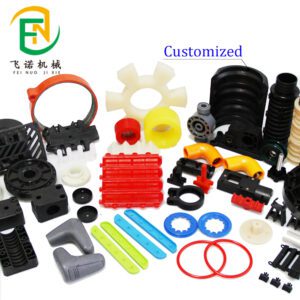
Abs Case Injection Molding
Read more -

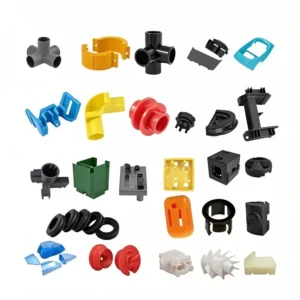
ABS HDPE Injection Molding Service Trusted Plastics Manufacturing
Read more -


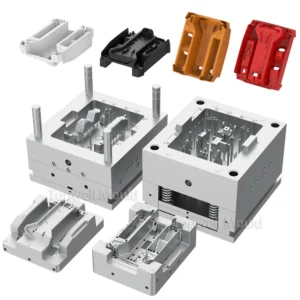
ABS PC PP PVC PE Plastic Moulding Injection Manufacturer Mold
Read more -

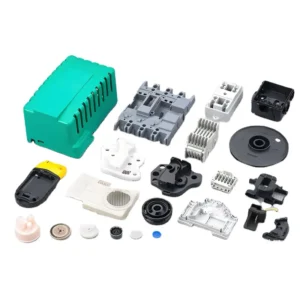
ABS POM PEEK Plastic Injection Molding Parts Service Customization
Read more -

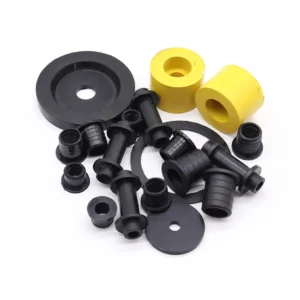
Abs Pp Pc Plastic Injection Molding Service OEM Assembly Plastic Parts
Read more -

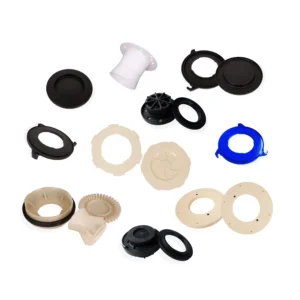
CNC PP ABS Injection Molding Part Service Processing Piece Manufacturer
Read more
Contact Us
Injection Molding Parts
Injection Molding Parts is another common technique for creating plastic components. The injection molding process consists of reshaping melted plastic materials by forcing them into a cavity and applying pressure. The mold cavity shapes the plastic into the desired configuration, and once the plastic cools we can remove the finished part.
Injection Molding Parts
Injection Molding Parts is another common technique for creating plastic components. The injection molding process consists of reshaping melted plastic materials by forcing them into a cavity and applying pressure. The mold cavity shapes the plastic into the desired configuration, and once the plastic cools we can remove the finished part.
What is Plastic Injection Molding?
Injection molding is a manufacturing process that consists of filling a metal mold cavity with liquid plastic resin, which then cools and forms a plastic part.
It’s most often used for the manufacturing plastic parts at scale due to its low material waste and low cost per part. It’s an ideal manufacturing process for industries like medical devices, consumer products, and automotive.
Our plastic injection molding process produces custom prototypes and end-use production parts with lead times as fast as 1 day. We use aluminum molds that offer cost-efficient tooling and accelerated manufacturing cycles, and stock about 200 different thermoplastic resins.
Injection Molding Applications
Plastic injection molding is the preferred process for manufacturing plastic parts. Injection molding is used to create many things such as electronic housings, containers, bottle caps, automotive interiors, combs, and most other plastic products available today. It is ideal for producing high volumes of plastic parts due to the fact that several parts can be produced in each cycle by using multi-cavity injection molds. Some advantages of injection molding are high tolerance precision, repeatability, large material selection, low labor cost, minimal scrap losses, and little need to finish parts after molding. Some disadvantages of this process are an expensive upfront tooling investment and process limitations.
Why should I use injection molding?
Injection molding is one of the most affordable ways to manufacture large quantities of parts, especially for bigger production runs. Even though design for manufacturing and creating the mold can take time, the process then becomes very affordable and efficient.
What Does FeiNuo Injection Molding Service Include?
A truly satisfying injection molding service for clients is not just about providing simple mold manufacturing and injection molding production services. It should be a comprehensive solution that meets customer needs from start to finish.
At FeiNuo, we provide clear and global cost-effective injection molding solutions, actively optimizing cost structures. Our services go through a process of design analysis, DFM, mold flow analysis, mold design, precision mold machining, injection molding for mass production, surface treatment, quality inspection, and product assembly. This is a truly integrated, hassle-free, and time-saving injection molding service.
We focus on scientific mold design, product precision, appearance performance, structural strength, reasonable material usage, and the stability of mass production injection molding. You will definitely experience an unprecedented level of service.
Great repeatability and tolerances
The injection molding process is highly repeatable and the produced parts are essentially identical. Of course, some wear occurs to the mold over time, but a typical pilot-run aluminum mold will last 5,000 to 10,000 cycles, while full-scale production molds from tool steel can stand 100,000+ cycles.
Typically, injection molding will produce parts with tolerances of ± 0.500 mm (0.020’’). Tighter tolerances down to ± 0.125 mm (0.005’’) are also feasible in certain circumstances. This level of accuracy is enough for most applications and comparable to both CNC machining and 3D printing.
How Does Plastic Injection Molding Work?
Plastic injection molding is a manufacturing process used to produce parts by injecting molten plastic into a mold. It’s widely used for creating complex and high-volume parts, like toys, automotive parts, and containers. Here’s how it works:
Material Preparation:
The process starts with plastic pellets or granules, which are fed into a hopper. These pellets are made from various plastics like ABS, polypropylene, or polystyrene, depending on the end-use.
Melting the Plastic:
The pellets are then moved into a heated barrel. As the barrel rotates, heaters around it melt the plastic into a molten state, turning it into a thick, liquid form.
Injection:
Once the plastic is molten, it’s injected under high pressure into a mold cavity. The mold is typically made of steel or aluminum and consists of two halves that come together to form a specific shape. The injection is done using a screw or plunger system that pushes the molten plastic into the mold, filling every detail of the cavity.
Cooling:
After the mold is filled, the plastic needs time to cool and solidify. The mold is often cooled by running water or air through channels within the mold to speed up the cooling process.
Ejection:
Once the part has cooled and solidified, the mold is opened, and ejector pins or plates push the part out of the mold.
Post-processing:
The part may undergo secondary operations, such as trimming (removing excess material), painting, or assembly, depending on the product.
This process is highly efficient for mass production because it allows for the rapid creation of parts with precise shapes, uniformity, and minimal waste. The key benefits of injection molding include its ability to produce complex geometries, repeatability, and scalability.
Is ABS Toxic?
ABS plastic is harmless and non-toxic. This is one reason many experts advise using this material for several applications. Exposure to this plastic does not cause any known harmful effects on the health. On the other hand, some plastics are carcinogenic. When heated, they release harmful fumes that have adverse effects on health. However, it is important to note that the use of ABS plastic for medical implants is discouraged.
Does ABS Plastic Break Easily?
One of ABS plastic properties is the ability to withstand high temperatures and is non-sensitive to humidity changes. Molding ABS plastics at high temperatures increases their resistance to heat, but when molded at low temperatures, the strength of the plastic increases. Thus, whenever the required product needs to be solid and impact-resistant, ABS plastics are perfect for production.
How to Calculate the Cost of the ABS Injection Molding Process?
To calculate the cost, you need to add each of the materials and tools used. Then divide the total by the number of parts. Next, add the answer to the costs per hour. Finally, divide whatever your answer is by the time of production. This will give you the ABS injection molding costs.
ABS plastic advantages and disadvantages
Advantages of ABS plastic
Good mechanical and thermal properties, high hardness, easy to plating metal on the surface; fatigue resistance and stress cracking resistance, high impact strength; acid and alkali resistance and other chemical corrosion; low price; easy to process molding and finishing.
Disadvantages of ABS plastic
Poor weathering resistance, for the problem of weathering resistance of ABS plastic raw materials, our company modified ABS raw materials and developed the dyeing weathering ASA materials with UV resistance, high temperature resistance and aging resistance.
